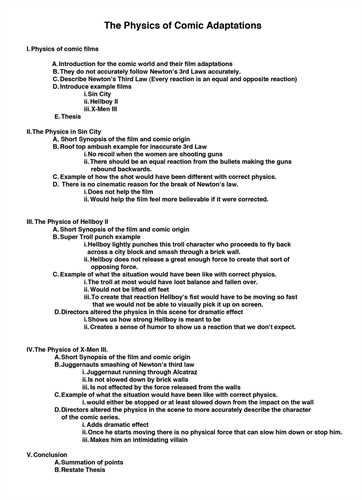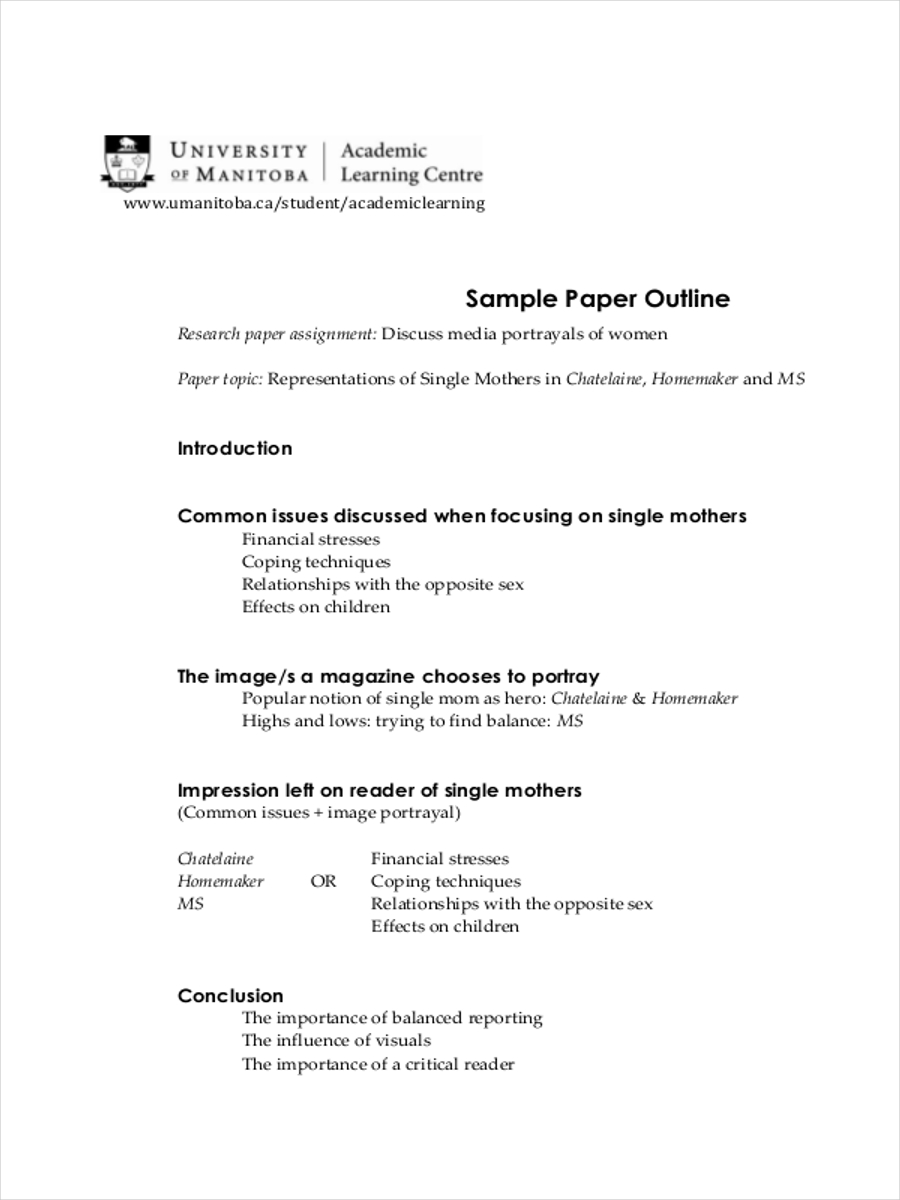
Don't select the summary column for the data you are grouping. Note that if you don't select entire columns, when you click Group (on the Data tab in the Outline group) the Group dialog box will open and ask you to choose Rows or Columns.ģ. These columns are selected and ready to group. Here, two sections are already grouped at level 2.Ģ. You can create multiple groups at each inner level. To outline an inner, nested group of detail columns (level 2 or higher), select the detail columns adjacent to the column that contains the summary column.ġ. The outline symbol appears above the group. On the Data tab, in the Outline group, click Group. Note that if you don't select entire columns, when you click Group (on the Data tab in the Outline group) the Group dialog box will open and ask you to choose Rows or Columns. Select all the detail and subtotal columns. To outline the outer group (level 1), select all of the subordinate summary columns, as well as their related detail data.Ģ.

Important: When you manually group outline levels, it's best to have all data displayed to avoid grouping columns incorrectly. On the Data tab, in the Outline group, click the arrow under Group, and then click Auto Outline. Select a cell in the range of cells you want to outline. Then in the Settings dialog box, clear the Summary rows below detail checkbox, and then click OK. If you created your summary rows above your detail rows, on the Data tab, in the Outline group, click the dialog box launcher. If you created the summary rows below the details, skip to the next step (step 4). The table later in this topic shows you an example of this.īy default, Excel looks for summary rows below the details they summarize, but it's possible to create them above the detail rows. For example, under (or above) the rows of sales data for March and April, use the SUM function to subtotal the sales for those months. Insert your own summary rows, with formulas, immediately below or above each group of detail rows. For more information about using the Subtotal function, see SUBTOTAL function. Use the Subtotal command, which inserts the SUBTOTAL function immediately below or above each group of detail rows and automatically creates the outline for you. Insert summary rows by using the Subtotal command

To create these, do one of the following: If you want, your grouped detail rows can have a corresponding summary row-a subtotal. Make sure that each column of the data that you want to outline has a label in the first row (e.g., Region), contains similar facts in each column, and that the range you want to outline has no blank rows or columns.


 0 kommentar(er)
0 kommentar(er)
